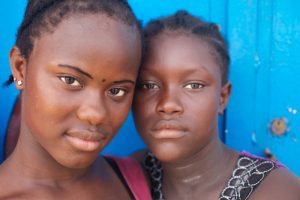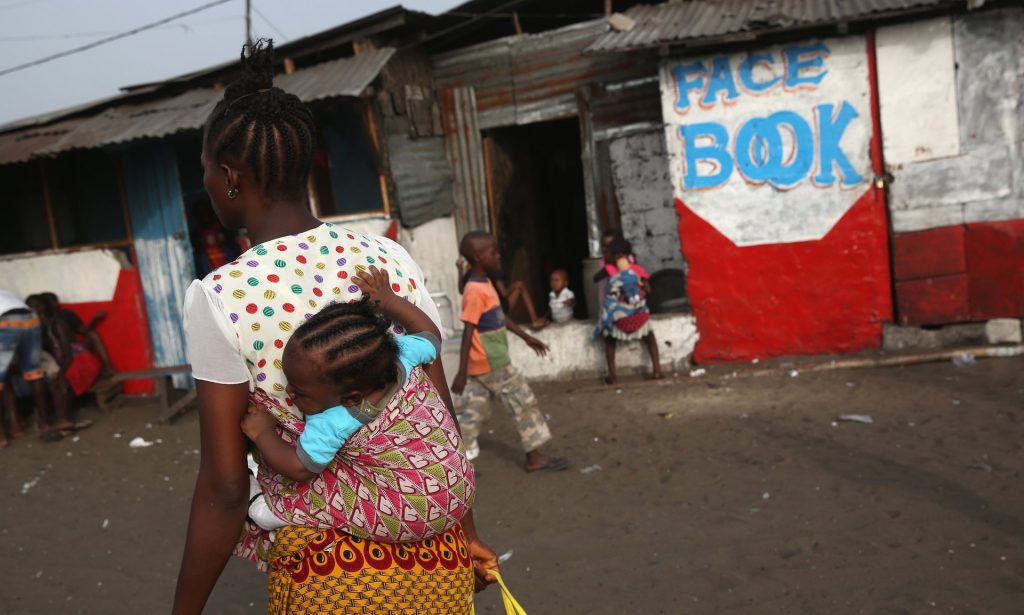Amid increased investment in adolescent girls empowerment in the midst global attention after the cessation of the civil crisis in the country that claimed the lives of nearly 350,000 people including women and children, forced marriage, child labor, female genital mutilation and other practices are vices that do not only tend to undermine girls’ health and rights, it also threatens the world’s ambitious development agenda, the United Nations Population Fund warned in the State of World Population 2016, released on October 20.

Practices that harm girls and violate their human rights–starting at age 10–prevent them from realizing their full potential as adults and from contributing to the economic and social progress of their communities and nations.
Without their contribution, the United Nations Agenda 2030 for Sustainable Development and its accompanying 17 Sustainable Development Goals may never be achieved.
Ten is a pivotal age for girls everywhere, as puberty approaches. In some parts of the world, a girl at this age enjoys limitless possibilities and begins making choices that will influence her education and, later, her work life. But in other parts, a girl who goes through puberty is suddenly seen as a commodity that may be bought, sold or traded, the UNFPA report shows. She may be forced to marry, pulled out of school and expected to start bearing children and begin a lifetime of servitude.
Speaking when he launched the report in the township of Gardnersville in Monrovia, Liberia Institute of Statistics and Geo-Information Services (LISGIS) Deputy Director General, Johnson Kei, said the report is a complete documentation of the plight of a girl child across the world and what possible role she could play in the development agenda if empowered.
“In Liberia, nearly half (49 percent) of adolescent with no education begin early childbearing, compared with 29 percent with secondary education; while about 47 percent of teenage girls from poor households are more likely to begin early childbearing, compared to seventeen percent from wealthier households,” Mr. Kei said. “We need to do more to empower adolescent girls if they are to contribute meaningfully to the development of the society,” Mr. Kei says.
“Impeding a girl’s safe, healthy path through adolescence to a productive and autonomous adulthood is a violation of her rights,” UNFPA Liberia Country Representative, Dr. Oluremi Sogunro, quotes UNFPA Executive Director Dr. Babatunde Osotimehin as saying. “But it also takes a toll on her community and nation. Whenever a girl’s potential goes unrealized, we all lose.”
The new development agenda, endorsed by world leaders in 2015, is the blueprint for countries’ social and economic progress for 15 years. It aims for equitable development that leaves no one behind. Removing the barriers that hold 10-year-old girls back today will increase the chances that the agenda will be a success, the report argues.

